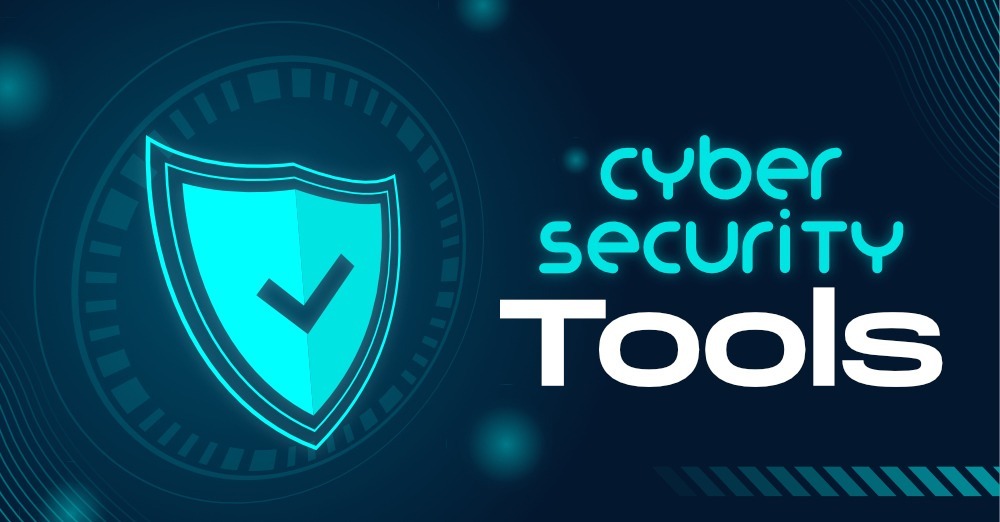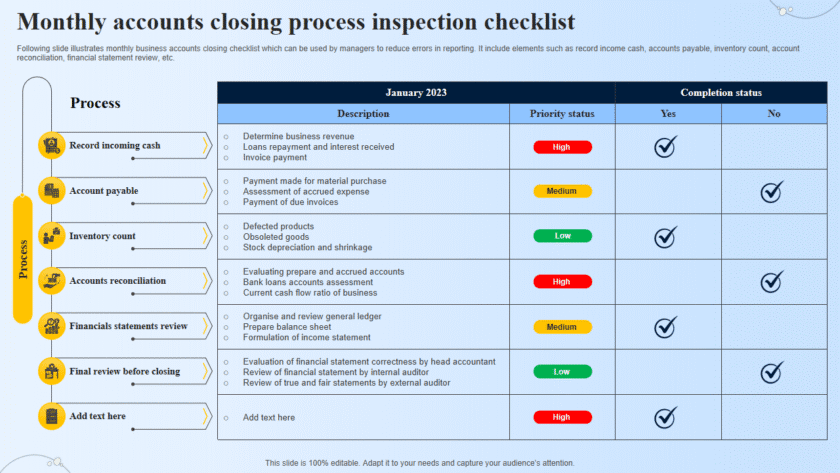Top Cyber Security tools that is used by Cyber Security Experts: Cybersecurity professionals utilize a variety of tools to protect networks and systems from cyber threats. Here are some of the key tools and technologies commonly used in network security:
Firewalls:
- Types: Hardware, software, and cloud-based firewalls.
- Function: Monitor and control incoming and outgoing network traffic based on predetermined security rules.
Intrusion Detection Systems (IDS) and Intrusion Prevention Systems (IPS):
- IDS: Monitors network traffic for suspicious activity and alerts administrators.
- IPS: Actively blocks and prevents detected threats.
Antivirus and Anti-Malware Software:
- Function: Detects, prevents, and removes malicious software and viruses from systems.
- Examples: Norton, McAfee, Bitdefender.
Security Information and Event Management (SIEM) Systems:
- Function: Collects, analyzes, and correlates security data from various sources to provide real-time analysis and alerts.
- Examples: Splunk, IBM QRadar, ArcSight.
![]()
Endpoint Protection Platforms (EPP):
- Function: Secures endpoints such as desktops, laptops, and mobile devices from threats.
- Examples: Symantec Endpoint Protection, CrowdStrike Falcon, Microsoft Defender ATP.
Virtual Private Networks (VPNs):
- Function: Encrypts internet connections to secure data transmitted between remote users and the network.
- Examples: NordVPN, ExpressVPN, Cisco AnyConnect.
Data Loss Prevention (DLP) Solutions:
- Function: Monitors and controls data transfer to prevent unauthorized data leakage.
- Examples: Symantec DLP, Forcepoint DLP, McAfee Total Protection for DLP.
Network Access Control (NAC):
- Function: Restricts unauthorized devices from accessing the network.
- Examples: Cisco Identity Services Engine (ISE), Aruba ClearPass.
Encryption Tools:
- Function: Encrypts data to protect its confidentiality and integrity during storage and transmission.
- Examples: BitLocker, VeraCrypt, SSL/TLS.
Web Application Firewalls (WAF):
- Function: Protects web applications by filtering and monitoring HTTP traffic to and from the application.
- Examples: Imperva, AWS WAF, Cloudflare WAF.
Identity and Access Management (IAM) Solutions:
- Function: Manages user identities and controls access to resources.
- Examples: Okta, Microsoft Azure AD, Ping Identity.
Password Managers:
- Function: Securely stores and manages user passwords.
- Examples: LastPass, Dashlane, 1Password.
Patch Management Tools:
- Function: Automates the process of applying patches and updates to software and systems.
- Examples: WSUS (Windows Server Update Services), SolarWinds Patch Manager.
Threat Intelligence Platforms (TIPs):
- Function: Collects and analyzes threat data to provide actionable intelligence.
- Examples: ThreatConnect, Anomali, Recorded Future.
Unified Threat Management (UTM):
- Function: Integrates multiple security functions, such as firewall, IDS/IPS, and antivirus, into a single device.
- Examples: Fortinet FortiGate, Sophos UTM, Check Point UTM.
Security Orchestration, Automation, and Response (SOAR):
- Function: Integrates security tools and processes to automate threat detection and response.
- Examples: Palo Alto Networks Cortex XSOAR, Splunk Phantom, IBM Resilient.
Penetration Testing Tools:
- Function: Simulates cyber attacks to identify vulnerabilities.
- Examples: Metasploit, Burp Suite, Nessus.
Log Management Tools:
- Function: Collects, stores, and analyzes log data for security and compliance purposes.
- Examples: LogRhythm, Graylog, ELK Stack (Elasticsearch, Logstash, Kibana).
By leveraging these tools, cybersecurity professionals can enhance their ability to detect, prevent, and respond to cyber threats, thereby protecting network integrity and data security.






